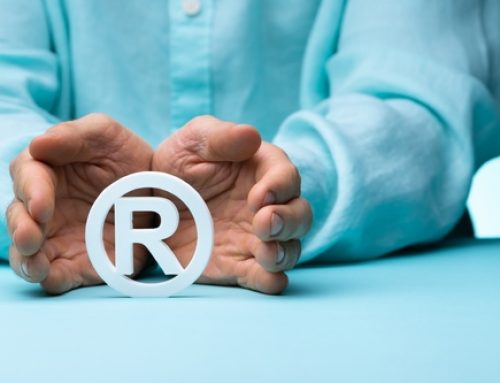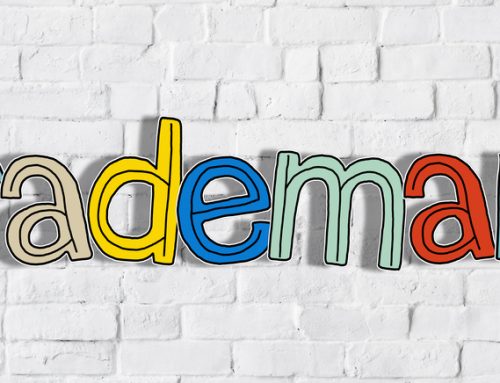Trademarks are so important to a business. Trademarks identify the source of goods or services and distinguish them from others offering products in the market. As such, they can be valuable business asset, and it’s important to understand the different rights and responsibilities that come with using a trademark, particularly when it comes to the concept of seniority.
In our trademark world, senior users are often the ones who have been using the marks for a longer period of time. Thus, while a junior user is a newer entrant to the market, a senior user is the established user of the mark. These terms are relevant because they can determine who has priority in using the mark and in certain situations, who has the right to prevent others from using it.
For senior users, the benefits of being the first to use a mark can be significant. They are often able to prevent junior users from using the same or a similar mark, even if the junior user was unaware of the senior user’s prior use. This is known as “priority of use.” Priority of use is based on the principle that the first person to use a mark in commerce has the right to continue using it, but so long as they continue to do so in a way that does not deceive consumers.
However, senior users also have certain responsibilities when discussing trademark ownership rights. When it comes to maintaining their rights in the mark, senior users must continue to use the mark in a way that does not mislead consumers. They also must take steps to protect the mark from becoming diluted or generic. When a senior user fails to do so, they risk losing their rights in the mark, which can then be claimed by a junior user.
On the other hand, junior users have the right to use a mark as long as it does not cause confusion with the senior user’s mark. This makes sense as trademarks are only concerned about consumer confusion. Junior users must also be mindful of any trademark registration or application that the senior user may have filed. Such could impact their ability to use the mark in the future.
In cases where a senior user and a junior user are both using the same or a similar mark, the rights and responsibilities of each party must be evaluated. This can help to avoid any potential conflicts and ensure that both parties are able to protect and maintain their rights in the mark.
Understanding the concept of trademark seniority is essential for anyone using a mark in commerce, whether they are a senior or junior user. By being aware of their rights and responsibilities, businesses can effectively navigate the complexities of trademark law and protect their valuable business assets. That is why you should speak with a trademark attorney with Tucker Law to discuss your potential use of a mark as a senior or junior user of a mark.







